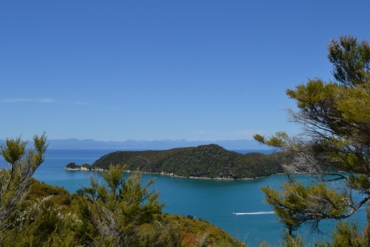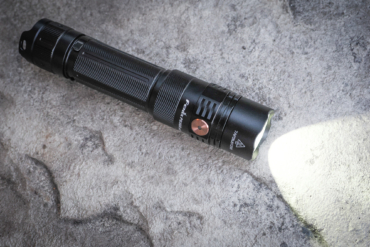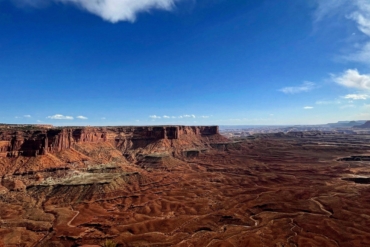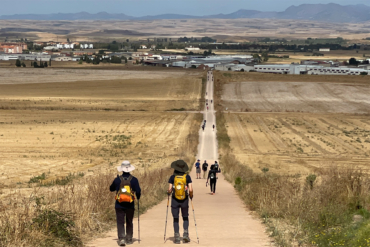More than 1,000 years of relentless feet, hooves, and (now) bike tires have literally carved this trail into the earth, making it likely the most famous ‘pilgrimage’ trek in the world.

I pulled on my socks in the dark hostel room. It was a cool spring morning in the northern Spanish town of Villafranca del Bierzo. But I had 32 kilometers of walking ahead of me that day to warm up, and 200 total to knock out by week’s end.
I was embarking on the Camino de Santiago (St. James’s Trail for English-speakers), a pilgrimage made by hundreds of thousands each year throughout Europe. Though my route was one of numerous across the continent, my destination was the same as everyone’s: Santiago de Compostela, the presumed resting place of St. James.
Camino de Santiago
Bleary-eyed, I left the hostel as the first splinters of light shot over the dark mass of mountains. At my feet was a yellow arrow, barely discernable in the early dawn, directing walkers toward the mountains, back onto the trail.

I embarked from Villafranca del Bierzo toward O Cebreiro, 32 km and 760 meters of vertical gain down the trail.
I encountered my first fellow walker almost immediately, just on the outskirts of town. He was dressed head-to-toe in military gear. I soon learned he was home for a few weeks before returning to service.
We were walking “The French Way,” the branch of the Camino that unites various routes through France and across Spain. It is one of the oldest and most-walked trails in the world, dating back by most estimates to the 9th Century.

There were sections where the ground on either side of the path rose to several feet above our heads, as the passage of so many boots, bike tires, hooves, sandals, and bare feet had cut the ground like a river.
Major Christian Pilgrimage
The Camino de Santiago is said to have begun when the bones of the apostle St. James were discovered by a farmer on a starry night in Galicia, Spain. People from all across Europe came to see the remains, dragging their feet through the same dirt that we traversed that week.
As we walked, we frequently passed small villages where we could refill our water, buy fruit and bread, and collect a stamp in our “pilgrim’s passports.” Walkers are required to receive a stamp in these booklets in two different locations each day to receive the coveted compostela upon reaching the Pilgrim’s office at the end of the walk.

Photo credit: Fresco Tours
If the office finds that you have walked at least 100 km, which many people accomplish by starting in Sarria and completing the last three days of the journey, you earn the compostela — a scroll covered in Latin, congratulating you on your pilgrimage.
I talked with a slew of walkers, store owners, and homesteaders during these first days. Any extended conversation became about the Camino, and any conversation about the Camino became about how it resembles life.
This was a thought that occurred to anyone who spent a few days walking, thinking about walking, meeting people and saying goodbye, working through pain, and feeling stronger as the miles fall behind.
What I didn’t realize was that this journey would deliver us, in the final 100 km, back to the present, where people were Tweeting about their Caminos in real time #sobeautiful #spiritual.
Major Money Maker
On the third day, 115 km from Santiago, we stopped at a picnic bench next to a beat-up Coke machine. Though dilapidated, it was stocked and plugged into an extension cord running from a nearby house.
The machine’s dents and the precarious angle at which it sat in the dirt made it unprofessional and charming.
“Muy ingenioso, no?” asked my most recent companion.
I laughed and said yes, it was very clever. But we were less amused when led off the trail by businesses that hijacked the emblematic yellow arrow to direct walkers to storefronts.
On the fourth day, I became aware of the masses of other people walking the trail. And, increasingly, advertisements boasting small luxuries and knickknacks plastered each passing village. The albergues, or pilgrims’ hostels, became more expensive, and hotel alternatives became more plentiful.

Completing The Camino: Compostela
I finished the walk on day six in the pouring rain and went to the Pilgrim’s Office. There, the Camino organization collects data about the walkers each year and awards compostelas.
A long queue greeted me as I entered. Ads offering customized scrolls for 10 Euros and official carrying tubes for 3 Euros surrounded me. It all reminded me of an immigration office, with its bleak waiting room and monitors flashing ticket numbers.
The screen over one desk flashed “52,” and I approached the officer.
I filled out my form. Under the line for “motivation” were three options: Religious/Spiritual, Cultural, or Sport. Unable to conjure a sense of spiritual catharsis with the tired officer frowning at me, I checked Sport.
The officer told me that if I wished to receive my Compostela, I had to show my dedication to the spiritual and cultural roots of the Camino with a more thoughtfully placed tick. I obliged, and to my surprise he just said “thank you,” not “Congratulations, you’ve had a spiritual experience.”
The fact is that the Camino office and the cold commercialism along the last 100 km arose out of necessity. This past June alone, the Pilgrim’s Office recorded 39,079 arrivals. That’s 1,300 a day, not including those who wouldn’t wait in the queue for a compostela. That translates to good pickin’ for store owners and tourism-industry workers.
The Camino is full of treasures, and it brings walkers through landscapes that feel ancient and untarnished. But the concrete sprawl and neon-glow of Santiago are creeping back along the route at an alarming rate. And the scars of tourism are towed behind segways and vans full of comically over-packed bags.
–Contributor Sam Burbank has competed in alpine ski racing in the U.S. and rock climbing in Norway. He is currently studying Spanish and English literature at the University of St. Andrews in Scotland.






